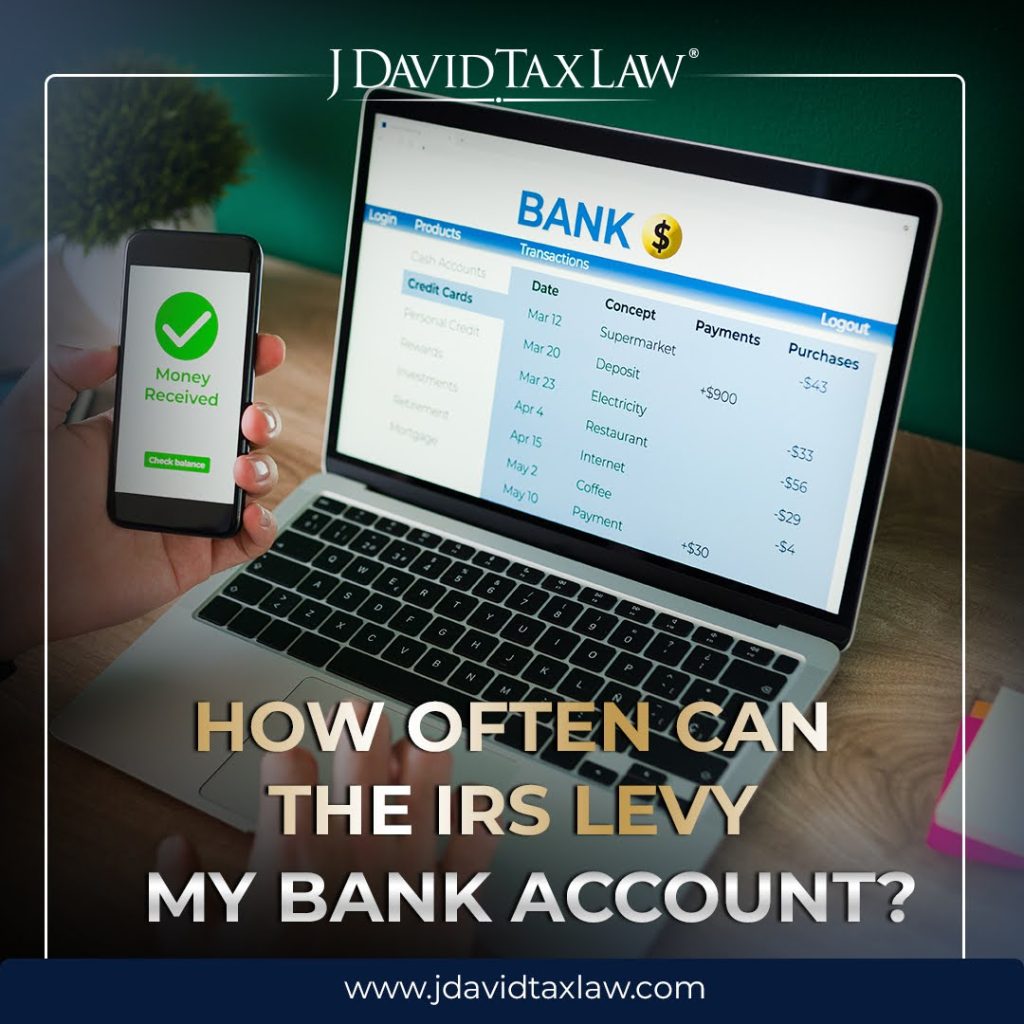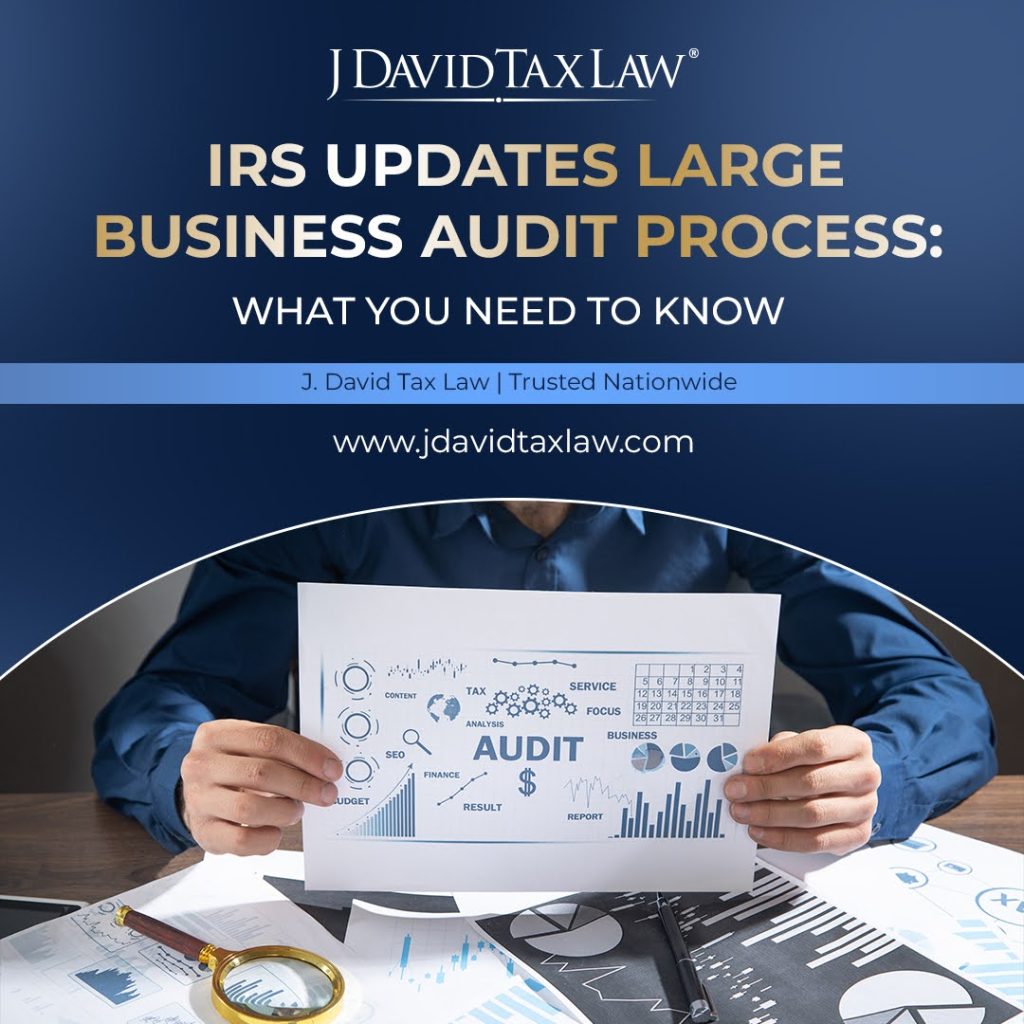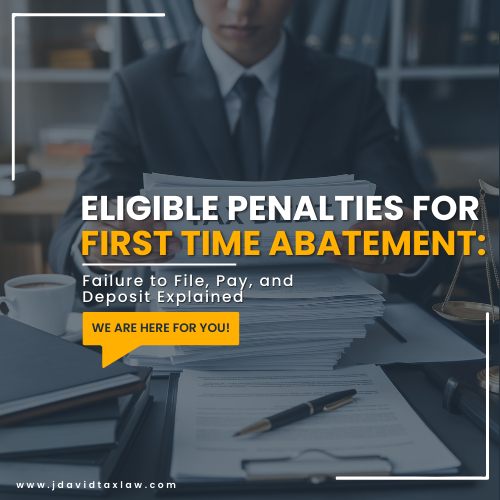When the IRS comes after your money, few things feel more stressful than waking up to find your bank account frozen. This action is known as an IRS bank levy — the legal process the government uses to take funds directly from your financial accounts when you owe back taxes. Many taxpayers call it a bank account seizure, but technically, a levy applies to money in bank accounts, while seizures are used for physical property like cars or real estate.
Whether you call it a levy, seizure, or freeze, the result is the same: the IRS can drain your account balance to cover unpaid tax debts. The good news? Levies can often be stopped, reversed, or avoided if you take quick action and understand your rights.
Key Takeaways
- An IRS bank levy freezes and drains money from your account.
- People often call it a bank account seizure or freeze.
- The IRS can levy repeatedly until the tax debt is paid.
- Each levy takes only what is in the account at that time.
- Notices like CP504 and LT11 warn before a levy is issued.
- You can stop a levy with payment plans, appeals, or hardship claims.
- Act fast — you have 21 days before the bank releases funds.
If not resolved, the IRS may use wage garnishments or seizures next.
What Is an IRS Bank Levy?
An IRS bank levy is the government’s legal right to take money directly from your bank account when you owe back taxes. Unlike a tax lien, which is only a claim against your property, a levy is active enforcement — the IRS seizes funds to pay down your balance.
Many taxpayers describe this as a bank account seizure or say their account was frozen by the IRS. While the terms are often used interchangeably, there’s a key distinction:
- A levy applies to financial accounts and wages.
- A seizure generally applies to physical property, such as cars, homes, or business assets.
How Does the IRS Levy a Bank Account?
An IRS bank levy works by ordering your bank to freeze the money in your account and eventually turn it over to the government. Once the levy notice is sent, your bank must comply — you don’t get a choice. Here’s how the process unfolds:
- Notice of Intent to Levy – Before taking money, the IRS must send warning letters. The most common are the CP504 notice and the Final Notice of Intent to Levy. These letters give you a short window to respond.
- Bank Freeze Period – After the levy reaches your bank, your funds are frozen immediately. You won’t be able to withdraw or use that money.
- 21-Day Hold – The IRS provides a 21-day grace period before funds are moved. This window is your chance to negotiate, appeal, or resolve the debt.
- Transfer of Funds – If you don’t act, the bank must send the frozen balance to the IRS. Each levy only applies to the amount in your account on that day.
A levy can feel like an account seizure, but it’s more precise: it only captures funds present when the levy hits. If new money arrives later, the IRS must issue another levy notice to take it. That’s why levies can happen multiple times until your tax debt is fully resolved.
For a deeper look at IRS warning letters, check out: The Truth About IRS Collection Notices and What to Do Next.
How Does the IRS Find Bank Accounts for Levy?
The IRS doesn’t guess where you bank. Instead, it uses information you’ve already provided, such as:
- Bank details listed on tax returns (direct deposit accounts).
- Information obtained from employers or third parties.
- Previous payments or refunds that reveal your financial institution.
With this data, the IRS identifies your accounts and sends levy orders directly to your bank. That’s why taxpayers often feel blindsided when they learn the IRS already knows where they bank.
Is your bank account levied by the IRS? You may qualify for a release or appeal. Contact our tax levy attorneys today!
How Can a Tax Levy Be Avoided?
A bank levy doesn’t happen out of nowhere. The IRS is required to send warning notices, such as the CP504 and the Final Notice of Intent to Levy (Letter 1058 or LT11), before freezing your bank account. If you respond during this stage, you may be able to stop the levy before it starts.
How to Avoid a Levy
- Set up a payment plan. A simple installment agreement often prevents enforcement.
- Apply for an Offer in Compromise. If eligible, you may settle your debt for less than what you owe.
- Request Currently Not Collectible (CNC) status. If paying would create financial hardship, the IRS may pause collections.
The IRS is Forgiving Millions Each Day. You Could Be Next.
How to Reverse or Appeal a Levy
If your account has already been frozen, you still have options — but you must act before the 21-day holding period ends:
- Request a levy release. The IRS can lift the levy if it was issued in error or if it creates economic hardship.
- Appeal the levy. You can request a CDP hearing or escalate your case to the IRS Appeals Office.
Seek legal help. Tax attorneys can contact the IRS on your behalf and often secure faster relief.
👉 The key difference is timing: if you respond early, you can avoid a levy; if you wait until funds are frozen, you must reverse or appeal it before the IRS takes your money.
We Can Help Stop Your IRS Bank Levy
Our tax levy attorneys deal with IRS enforcement every day, and we know how to move fast when time matters most.
Here’s how we help clients stop levies:
Immediate IRS Contact
We speak directly with revenue officers to request an urgent levy release.
Customized Resolution
Whether it’s a payment plan, Offer in Compromise, or hardship status, we find the strategy that fits your situation.
Appeals and Advocacy
We file the right appeals, including Collection Due Process hearings, to protect your rights and your money.
48 Hour Relief in Many Cases
Acting quickly means we can often stop a levy before funds are transferred to the IRS.
👉 If your account is already frozen or you’ve received a levy notice, don’t wait. The 21-day clock is ticking. Call us at (888) 342-9436 and be our next success story!
Other IRS Collection Methods
A bank levy is just one of the tools the IRS uses to collect unpaid taxes. If your account has been levied — or you’ve received notices warning of enforcement — it’s important to understand what else the IRS can do. These collection methods often appear alongside, or even after, a bank levy:
Wage Garnishment
The IRS can send a notice to your employer requiring them to withhold part of your paycheck until your debt is paid. Unlike a one-time bank levy, wage garnishments continue each pay period until resolved.
Federal Tax Liens
Property Seizures
Refund Offsets
👉 A bank levy often signals that your case is already deep into IRS enforcement territory. Ignoring it increases the risk of liens, garnishments, or seizures. The best time to act is before the IRS expands its collection actions.
-
IRS Publication 594: The IRS Collection Process
Explains the steps the IRS takes to collect unpaid taxes, including levies and liens.
-
IRS Publication 1660: Collection Appeal Rights
Outlines how you can appeal an IRS levy or seizure.
-
IRS Topic No. 201: The Collection Process
Provides an overview of IRS enforcement actions.
-
IRS Publication 1: Your Rights as a Taxpayer
Explains the protections and appeal rights taxpayers have during collection.
Conclusion
An IRS bank levy is one of the strongest enforcement tools the government has, and one of the most stressful for taxpayers. The IRS can issue repeated levies until your tax debt is resolved, and ignoring notices like the CP504 or the Final Notice of Intent to Levy almost guarantees aggressive action. With the right legal strategy — whether through an installment agreement, an Offer in Compromise, proving financial hardship, or filing an appeal — a levy can often be stopped, reversed, or avoided entirely.
If your bank account has already been levied or you’ve received warning letters, don’t wait until it’s too late. Contact J. David Tax Law today to protect your money.



















